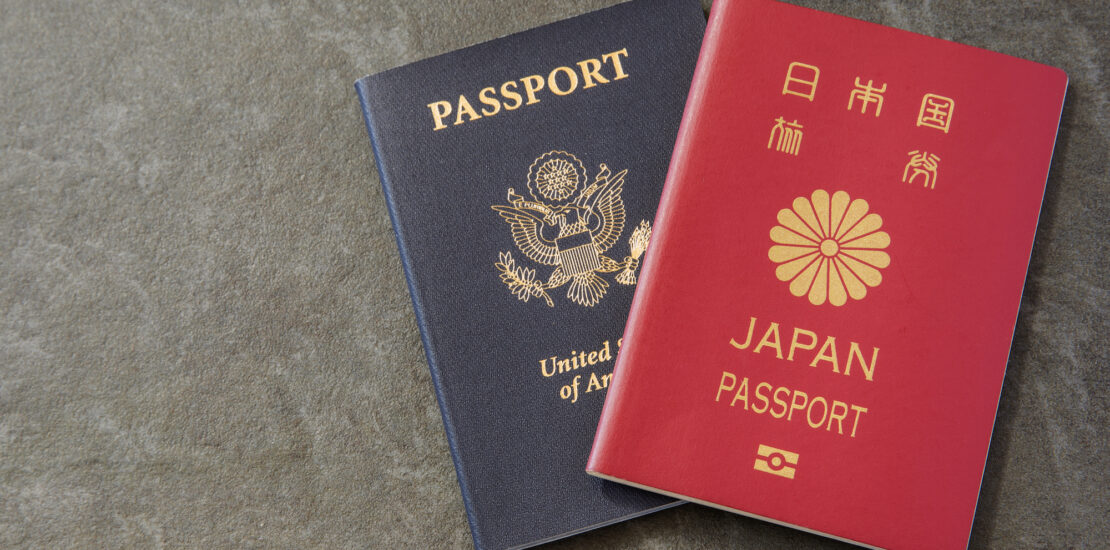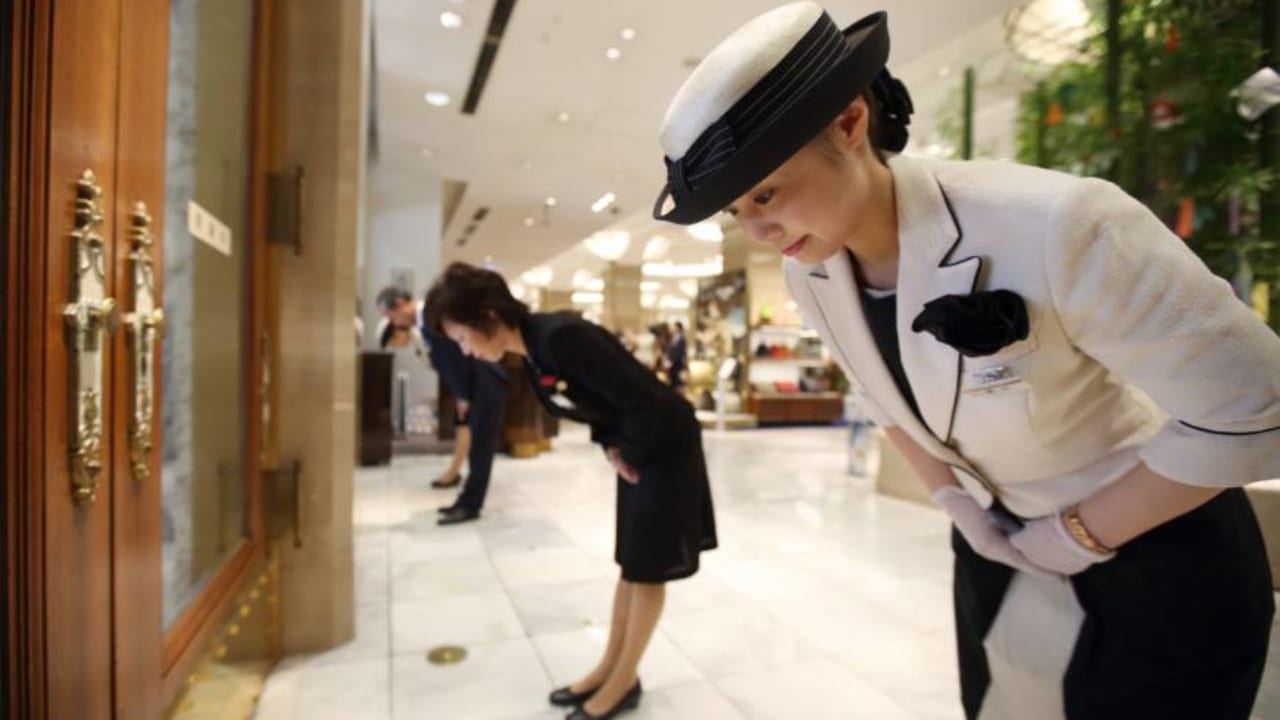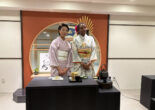What does it mean to grow up as a “foreigner”? My passport says I’m from the United States, but I’ve lived most of my life in Japan. My identity is somewhere in-between, a mixture of both Japanese and American.

Growing Up Foreign: The Culture Shock of Returning to your Passport Country
What does it mean to grow up as a “foreigner”? I’ve always felt like an outsider wherever I go. My passport says I’m from the United States of America, but I’ve lived most of my life in Japan. After all, over 3/4 of my life has been spent on Japanese soil. My identity is somewhere in-between, a mixture of both Japanese and American.
In Japan, I was the little white girl with blond hair that kids would yell, “Look at that foreigner!” 外人だ〜!And yet I enjoyed slurping my noodles and even talked in my sleep in Japanese. But in Japan, I was a foreigner.
But when I moved to the US for college, although I have an American passport, I didn’t feel very American either. I preferred to keep my thoughts to myself in a culture that encourages students to speak up and express their opinion. People would say how “cool” it was that I grew up in Japan and yet comment about how I was “different”. In the US, I was a foreigner as well.
So, perhaps not so much to my surprise, moving to the US for college at age eighteen had its fair share of challenges and culture shock. People would often ask me what it was like to grow up in Japan. I wished they would switch the question around. Growing up in Japan was normal life to me, but moving to the US was a huge culture shock.
What were some of the culture shocks I experienced when moving from my home, Japan, to my passport culture, the US?
Friendliness — Going to the grocery store in the US is a different kind of experience. The cashier will ask you how your day was and expect a response. I remember being shocked the first time this happened to me. I felt a bit anxious that the cashier would tell me all about their day and sometimes their frustrations. In Japan, shopping is not a time for chit-chat but a time for business. The cashier will add up your groceries and take your money. The cashier will be very polite and will speak to you as if you’re a king or queen.

Choices — What a shock it was to find that there was one whole aisle devoted to cereal in the US and that there were numerous choices! When you go to a restaurant, it’s the same way with meal choices: whether you want your burger with ketchup or without, the type of bread for your bun, and the list goes on. In Japan, one quarter of a shelf, at most, is devoted to cereal choices. The Japanese pride themselves on the “recommended menu” or おすすめメニューat a restaurant. The meal is carefully prepared and so it would be considered rude to ask for any changes to the meal.
Conversation — In the US, it is common practice for everyone to be talking at once or for people to jump in with their ideas or thoughts when talking in a large group. This was different from Japanese culture and so it took time for me to learn that in order for my voice to be heard, I could express my thoughts without being asked. In Japan, it is taught that listening is a virtue, and so in conversation, speaking happens when asked a question, or when there is silence. People are taught to suppress their own desires for the sake of the group.
Customer Service — One of my biggest shocks in the US was that the customer service at restaurants was worse than in Japan, and yet we are required to tip 18-20% in addition to the bill. In Japan, good customer service is a part of the service experience, and there is no tipping either. Despite the argument that waiters and waitresses get low wages and thus need tips to earn a living, I wonder why this is necessary as the cost of land and food is much lower in the US than it is in Japan. The lack of care for customers in the US still shocks me to this day.

Food Portion Sizes — The size small in the US is like a Japanese size large. I learned quickly that I didn’t need to order the large ice cream, but would be just fine with a mini. I also learned the art of the large restaurant meal: half could be taken home for later consumption. In Japan, you learn to eat smaller portions and do not take leftover food home.
Tea — In the US, tea is most often served sweetened. Imagine my surprise when I purchased a green tea and found out that it had sugar in it! The cereal selection in the US is comparable to the tea selection in Japan. Whether you want a green tea, a mixed tea such as 爽健美茶or 十六茶, jasmine, oolong or the classic 麦茶barley tea in the summer, you will find numerous options at your local convenience store. But don’t expect your tea to be sweetened! Japanese tea is meant to be savored in its natural flavor. The tea farmers have labored over those tea leaves.
Transportation — In Japan, I walk, bike and take the train everywhere. In the US, I needed a car to get anywhere (unless you live in a large city like New York or Chicago). One time I remember walking a small distance in a small town in Indiana. Cars honked and people thought it strange that I would walk on the street. On the other hand, I thought it strange that I couldn’t walk a short distance to the grocery store. Walking is such a major part of our life in Japan.
Cashless – The US is a cashless culture. Some carry cash, but most use debit or credit cards. It was not unusual for me to carry ¥10,000-20,000 in my wallet in Japan, but in the US this is considered dangerous. Credit cards are a must, and paying with cash is uncommon. Japan is slowly changing into a cashless culture for the younger generation, but cash is still the norm. Bank ATMs are located throughout the country so that you can easily withdraw cash.
Related Articles
Warning: Undefined array key "sfsi_threadsIcon_order" in /home/veremosglobal/tokyoroomfinder.com/public_html/blog/wp-content/plugins/ultimate-social-media-icons/libs/controllers/sfsi_frontpopUp.php on line 165
Warning: Undefined array key "sfsi_blueskyIcon_order" in /home/veremosglobal/tokyoroomfinder.com/public_html/blog/wp-content/plugins/ultimate-social-media-icons/libs/controllers/sfsi_frontpopUp.php on line 170
Warning: Undefined array key "sfsi_bluesky_display" in /home/veremosglobal/tokyoroomfinder.com/public_html/blog/wp-content/plugins/ultimate-social-media-icons/libs/controllers/sfsi_frontpopUp.php on line 266



